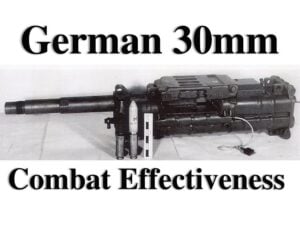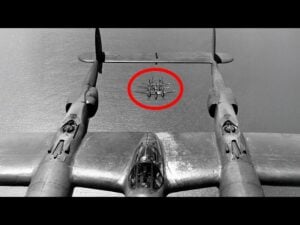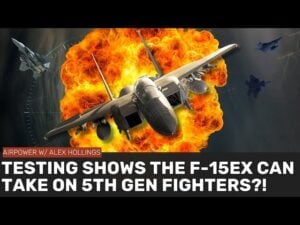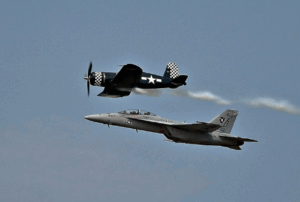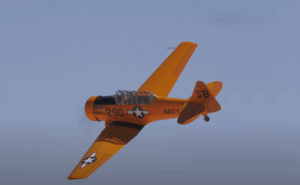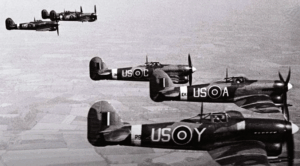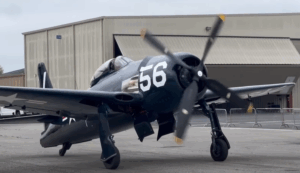5 Incredible ‘Superfortress’ B-29 Bomber Variants During WWII

Airbaja / YouTube
The Boeing B-29 Superfortress, introduced in 1944, played a significant role in the later stages of the Second World War. This powerful heavy bomber was a key asset to the United States, aiding in various crucial missions and operations. It was an evolution over its predecessor, the Boeing B-17 Flying Fortress, incorporating advanced features such as a pressurized cabin and improved avionics. The B-29 went through several modifications and produced various variants, each with its unique enhancements and purposes. In this article, we will explore five notable variants of the B-29: XB-29, YB-29, B-29A, B-29D, and KB-29 Aerial Tanker.
XB-29

The XB-29 was the experimental prototype that laid the foundation for the iconic Superfortress bombers. Developed and tested by the Army Air Corps, only three units of the XB-29 were built. These prototypes were crucial for early testing and development, allowing engineers to identify and address potential issues before mass production. The XB-29 featured many new innovations, including advanced engines and an airframe designed to handle the strains of high-altitude flights. This variant served as a stepping stone, providing valuable data that influenced the subsequent models.
YB-29

Following the XB-29, Boeing introduced the YB-29, another prototype variant with several improvements over its predecessor. The YB-29 had upgraded engines, moving from the three-blade propellers used in the XB-29 to four-blade propellers, thus enhancing performance and reliability. Additionally, various changes were made to the aircraft’s armaments to increase its combat effectiveness. Although the YB-29 was primarily used for testing and evaluation, the advanced features implemented in this model were integral in shaping the final design of the main production version of the B-29.
B-29A

An important evolution of the main production model was the B-29A variant. This version introduced a redesigned wing that was not only stronger but also easier to assemble, significantly streamlining the production process. The B-29A also featured changes in armaments, improving its defensive and offensive capabilities. These modifications allowed for an increased payload and range, making the B-29A a more versatile and effective bomber. Over 1,100 units of the B-29A were built, and it became the primary model utilized in the later stages of bomber production.
B-29D

The B-29D was a further development aimed at enhancing the bomber’s performance and reliability. This variant was equipped with newer and more powerful Pratt & Whitney engines, which provided improved thrust and efficiency. Besides the upgraded engines, the B-29D also featured a new vertical stabilizer and a strengthened wing structure, contributing to better stability and handling. Although produced post-war, the B-29D design marked a significant step towards the development of the Boeing B-50 Superfortress, demonstrating the continuous evolution of bomber technology.
KB-29 Aerial Tanker

After World War II, the B-29 platform was adapted for various specialized roles, one of which was the KB-29 Aerial Tanker. This variant was essential in the development of modern aerial refueling techniques. There were two primary tanker configurations: one using a flexible refueling hose and the other employing a rigid flying boom system. These innovations allowed fighters and other aircraft to extend their range and operational capabilities, proving crucial for strategic military operations. The KB-29 Aerial Tanker demonstrated the versatility of the B-29 design, extending its utility beyond conventional bombing missions.














